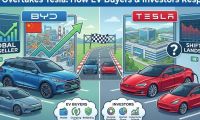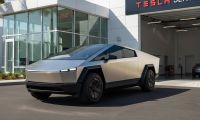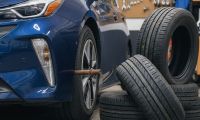March 1 was marked on the calendar of most Tesla followers worldwide: after several events in which the absence of significant news was the general trend, everyone actually expected Investor Day 2023 to be a huge source of information. While some big announcements were made, many viewers have been left somehow waiting for more flesh to the bone; but let's see what the main novelties are.
Elon Musk gave the first brushstrokes about the next generation of electric cars, and there will be very important changes, as expected. More than 100 years ago, Henry Ford's great success was achieved not by creating the Model A, but actually by inventing the assembly line. Mass production reduced costs, and thanks to that it was possible to popularize the car. Over the last century, automotive assembly lines have evolved around this original concept coming from Henry Ford himself: process optimization and robotization have worked miracles in terms of volume so far, but now Tesla thinks it can speed things up even further with parallel assembly concepts.
Fossil fuel extraction is a one-way process—raw materials are mined & then burned, meaning they cannot be reused.
A sustainable economy requires less mining overall, with recycling further reducing mineral demand. pic.twitter.com/FssOLkwgAy— Tesla (@Tesla) March 1, 2023
The assembly process currently requires one or more operators to work around the car at “timed” stations, with detailed rehearsed actions. The reduced space limits the number of workers and the more complex a car is, the longer the chain as more work stations are required. Tesla's proposal is to set aside the structure of the car and work with components that run parallel to the main line; this way, the volume of employees per station is increased and better use is made of time and resources. Obviously, this format will require major modifications in the factories that currently base their structure on the Henry Ford basic format.
The third part of Musk's Master Plan is to scale sustainable mobility across the board, while reducing reliance on scarce, non-renewable raw materials. The extraction of materials is currently a one-way process: the element is subtracted from the earth, refined and used; and that's the end of the process, there is no possible return (except obviously for the recycling measures companies already have in place, for certain components). Tesla's new promise regarding its next generation of electric cars is to forget about elements that need rare earths in their composition: these components are primarily associated with the permanent magnet synchronous motors that Tesla currently uses.
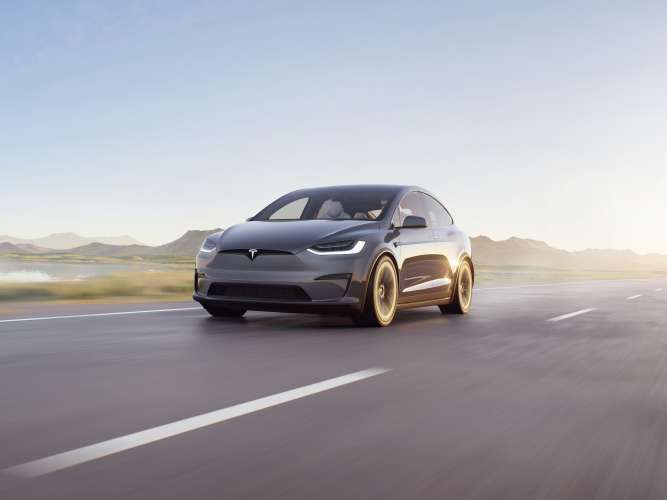
Originally, the Austin manufacturer (in California at the time) used asynchronous motors that later changed to permanent magnet synchronous motors. The objective of the engineers is to do without these magnets, which raise the cost of production and complicate the supply chain, due to their complex processing system.
The project may seem simple, but it is not at all the case. Electric motors, as well as other components such as hard drives or speakers, currently use Dysprosium or Terbium as additives in Neodymium permanent magnets. Regarded as the industry standard, researchers have spent years working on possible substitutes that achieve the same degree of efficiency, but without the reliance on these rare and limited components.
Right now, Earth primarily runs on dirty energy, with only 1/3 ending up as useful work or heat.
A sustainable energy economy requires ½ the energy of a dirty energy economy—it’s way more efficient! pic.twitter.com/VcmFwoD0dp— Tesla (@Tesla) March 1, 2023
If we add the two main factors that Elon Musk announced last Wednesday, Tesla expects a cost savings of $1,000 per unit. That doesn't sound like a very outrageous number, but when you consider the scale on which Tesla intends to work, the impact on the environment can be significantly large. As usual, there are no deadlines or exact dates for the arrival of this new generation of electric cars. On the other hand, there was no any mention either of the expected “reasonably priced” compact, the rumored Model C or Model 2.
Our take is that it is possible for the new electric vehicles to leverage new advanced manufacturing concepts in order to achieve the desired cost savings. The use of parallel assembly lines could very well increase the production rate of vehicles, while also eliminating the reliance on rare earth materials. The advantages of this new approach could be far-reaching, but time will tell if Tesla is able to make their plans a reality.
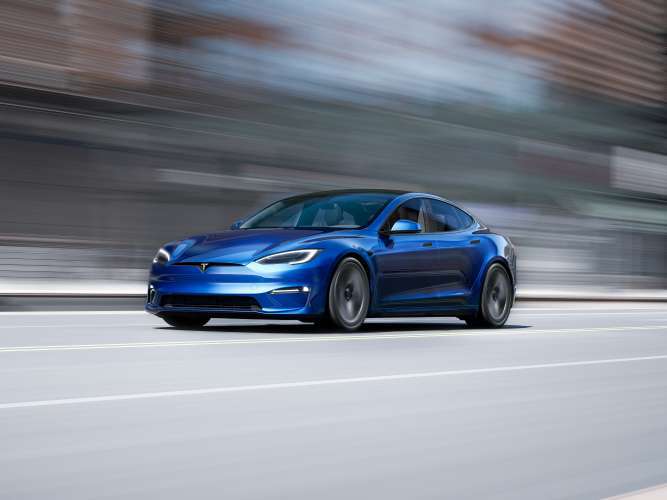
In conclusion, it is clear that Tesla's next generation of electric cars could be a game-changer, if they are able to pull off their plans. Their proposed innovations to reduce costs and environmental impact are ambitious, but the advantages of the proposed approach could be really transformative. The elimination of reliance on rare earths, as well as the use of parallel assemblies to speed up production, have the potential to revolutionize the automotive industry. As optimism and anticipation builds, we can only wait to see if Tesla can make their dreams a reality.
All images courtesy of Tesla Inc.
Nico Caballero is the VP of Finance of Cogency Power, specializing in solar energy. He also holds a Diploma in Electric Cars from Delft University of Technology in the Netherlands, and enjoys doing research about Tesla and EV batteries. He can be reached at @NicoTorqueNews on Twitter. Nico covers Tesla and electric vehicle latest happenings at Torque News.








